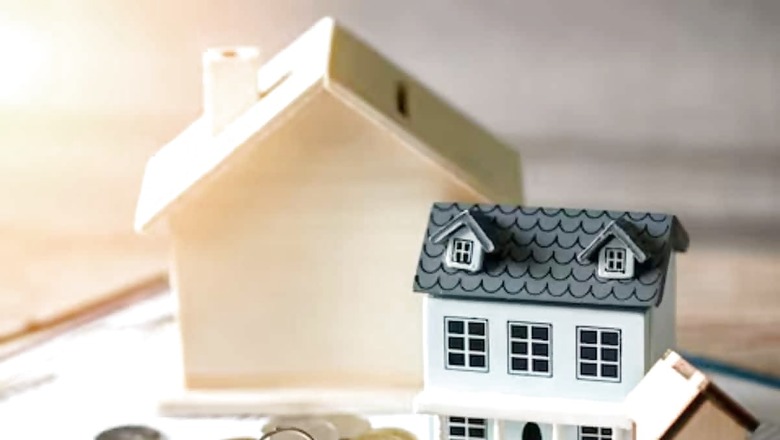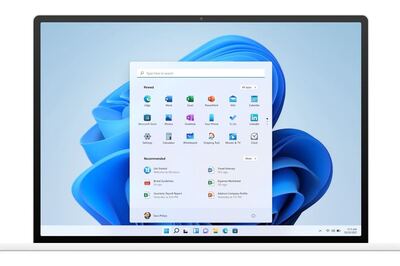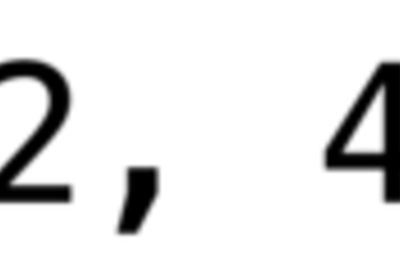
views
I have a home loan of Rs 50 lakh at an interest rate of 9 per cent, with a remaining tenure of 15 years out of the total tenure of 25 years. I am considering switching to a fixed-rate home loan. Is it better to move to a fixed rate, or should I continue with the floating rate?
Atul Monga: Changing a floating-rate home loan to a fixed-rate home loan is determined by multiple factors including the current interest rate trends, your financial stability, and the terms offered by your lender.
Interest Rate Trends: If you believe that the interest rates are likely to rise in the future, then changing it to fixed rates will be beneficial for you. However, changing rates are expected to decrease or remain stable. In these cases, sticking to a floating rate will help you save money in the long run.
Financial Stability: A fixed- interest rate decreases the budgeting uncertainties by setting up a fixed amount that is to be paid monthly. Therefore, if you are looking at certainty in your monthly payments, a fixed rate is usually the better decision. On the flip side, the floating rate would be preferable in case the interest rates fall.
In order to help you take a decision, let’s consider specific scenarios for better understanding.
Floating Rate Scenario: Let us assume you carry on paying 9% as a floating rate for five years, and the rate gradually falls to 8%. This would bring down your interest burden and your overall EMI.
Fixed Rate Scenario: By choosing a fixed rate , your monthly EMI payment will not change for the remaining 15 years. However, if interest rates were to fall, you wouldn’t benefit from the lower rates, potentially leading to higher overall interest payments compared to sticking with the floating rate.
Let’s consider you now pay your EMI of about Rs 42,000 per month at a 9 per cent floating rate. If your rate decreases by 8 per cent, then your EMI could drop down to say Rs 39,000, saving Rs 3,000 per month, or Rs 3,60,000 over the next 10 years. Conversely, if you now choose the 9 per cent fixed rate, no matter how far or low the rates go, your EMI will remain at Rs 42,000.
Cost of Switching: Keep in mind that in such a case a fee or penalty is likely.
Given the current inflationary pressures and the prolonged period without rate cuts, a rate cut is anticipated by the end of the year. Therefore, opting for a floating rate at this time could be more advantageous. On the other hand, if you want to know what your monthly payments will be exactly, it will be beneficial for you to have a fixed rate. Ultimately, the decision should be based on a careful evaluation of current market conditions, your future expectations of interest rates, and your personal financial preferences.
(Atul Monga is the chief executive officer and co-founder of Basic Home loan)


















Comments
0 comment